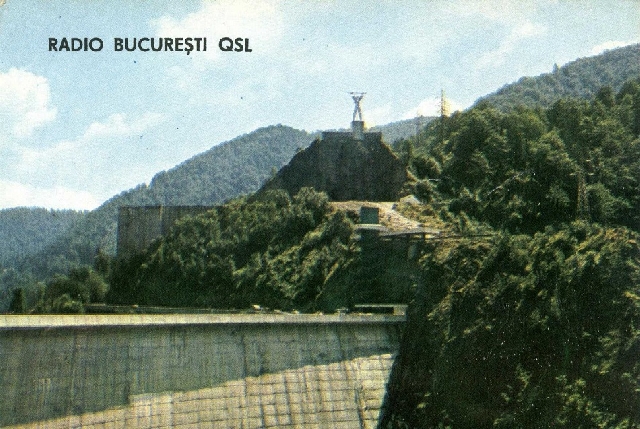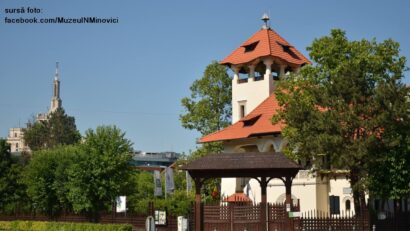Romania’s hydroelectric dams
Since times immemorial, water has been an essential element in human life, and man has struggled to tame it.

Steliu Lambru, 10.09.2016, 14:33
Since times immemorial, water has been an essential element in human life, and man has struggled to tame it. That meant building bridges, canals, dams and levees. Greek historian Herodotus noted the efforts made by Pharaoh Menes to build levees to contain the Nile river in order to protect the capital Memphis from the annual flooding. In the area now inhabited by Romanians, the first documented attempts to alter a course of water was the building of a bridge over the Danube by the Romanian emperor Trajan. By diverting the river, the emperor ordered the building of the greatest bridge in antiquity between 102-105 AD.
Dams have been used for a very long time to serve the needs of human communities. Small dams were used by rural communities to divert water to mills. The study of hydraulics in the 18th century allowed the development of such mechanisms. About a century later, the development of the electric generator opened up new possibilities. English engineer and industrialist William George Armstrong is credited with designing the first hydroelectric plant, in 1878, but the first working model started providing power in 1881, on the US side of the Niagara. Its name was Schoellkopf Power Station nr. 1, after its designer, Jacob Friedrich Schoellkopf, a German engineer.
Romania started producing electricity in 1882 using coal burning thermal plants. In 1884, electricity was used for the first time at Peles Castle, the summer residence of Romanian kings. Water power in Romania is linked to engineer Dimitrie Leonida, who got his degree from the Charlottenburg polytechnic school, in Germany. His 1908 graduation project was for a hydroelectric plant, which became the Bicaz-Stejaru and was built in 1960. After WWI, between 1926 and 1929, engineer and hydraulics professor Dorin Pavel made an inventory of Romania’s hydrographical network and estimated its hydroelectric potential at around 5,200 MW.
After WWII, Romanias hydroelectric dam construction halted. The communist regime, which came to power on 6 March 1945, started such projects on a large scale after 1948. The most important hydroelectric plants were built between 1960 and 1990, with a total capacity of around 5173 MW. The plants at Bicaz-Stejaru, Portile de Fier, Vidraru and Paltinu were built in this period. After 1990, 28 more power plants were built, with a capacity of 702 MW. In early 2014, Romanian power plants ran at a capacity of 6690 MW, providing 26% of electricity in the country.
Today, Romania has 250 dams, with heights between 5 and 168 meters. The highest is that at Gura Apei, on Raul Mare, in Retezat Mountains. Built between 1975 and 1986, the dam has a height of 168 meters. The longest dam is that at Portile de Fier I, on the Danube, standing at 1,278 meters. Built between 1964 and 1972, this dam forms a lake that is used jointly by Romania and Serbia. The river with the most hydroelectric plants is the Olt. It springs from the Hasmasu Mare massif and flows into the Danube, with 32 dams built along its length of 614 km. The capital Bucharest also has a dam, 15 meters high, which forms a huge lake called Lacul Morii.
Many of the dams built between 1950 and 1989 were, unfortunately, built by forced labour, using political prisoners. Hundreds of such prisoners died between 1950 and 1960 at the Bicaz-Stejaru dam alone. The Portile de Fier I dam lake drowned the island of Ada Kaleh, a unique cultural and traditional monument.





























